Deer are fantastic animals capable of living in many different environments. Such is their love for corn, spotting some corn in a hunter’s truck is a common sight as they tend to their feeding habits. So then what is deer corn and why are so many people trying to use it to attract animals like deer?
In this blog post, we are going to take a look into the life of deer corn, whether they like it, as well as what it does and doesn’t provide you in terms of nutrients, the best alternatives for it, and much more.
What Is Deer Corn?
Deer corn is simply normal dried corn that is made specifically for deer. It is not much different than the corn humans eat. While grown more in a controlled setting, corn for human consumption is often milled or canned.
It is processed and sold differently in a form that allows deer to reach it more easily. Whole kernels, cracked corn, or even shelled corn, which is made from the kernel and the cob but leaves the kernels off the cob.
This type of corn is usually sold in large bags and can be found at stores selling to hunters, wildlife hobbyists, and farmers as well.
Dee r-fed corn doesn’t necessarily look as pretty as what we eat, that’s more about food than aesthetics. In general, deer can eat it and it isn’t as high quality as corn grown for human beings, but it’s perfectly safe.
While many people think all corn is the same, it’s worth noting that even though deer corn may occasionally be produced with fewer chemicals and pesticides than corn suitable for human consumption, that may make it more attractive for deer. It is used to attract deer to a specific area, for hunting, or wildlife-watching purposes.
Do Deer Like Corn?
One of the most common questions asked by those who are curious about attracting deer is, “Do deer like corn?” The short answer is yes. Corn is a food that deer are naturally attracted to and in many areas is also a food that they prefer.
The high starch content of corn makes it an energy-rich food, perfect for a cold month when deer particularly need the calories to keep their weight up.
Yet, corn is a great deer attractant, however, it must be understood that corn is not your deer’s first choice in food. Deer are herbivores, and their diet consists of many vegetation, such as grasses, shrubs, and fruits. Depending on what they can get, corn is just one of many food options they will enjoy, but it isn’t all that they need to stay healthy in the long run.
Learn more about what kinds of food deer will eat:
How Far Can Deer Smell Corn?
The sense of smell in deer is phenomenal; much much more effective than humans. It’s thought that their smell is 100 times stronger than we are. Its heightened olfactory ability allows deer to detect food sources from great distances.
A deer can not only hear corn, but they can smell it from miles away—so much so, that if the wind conditions are right, they can scent the kernels of corn from miles away.
One of the reasons hunters and those who like to hunt wildlife often use corn to attract deer to a specific area. Scent can entice deer miles away if corn is put in the right spot and the wind is favorable. But that also means other animals, predators included, can smell that corn and are drawn to it.
Is Corn Good for Deer?
While corn can provide deer with an energy boost, there are some concerns regarding its long-term health benefits. Now we will talk about whether feeding corn to deer is a good practice and the potential risks involved.
Is Corn Normally Used to Feed Deer?
Yes, deer are often fed corn, especially for regions with high deer populations. It’s easy to obtain and relatively inexpensive for hunters and wildlife managers to get, which is why corn is a good choice.
For those times when deer food sources are scarce, it’s often used out of feeders or sprinkled in particular locations to attract deer, especially during the winters.
Do Deer Like Cracked Corn or Whole Corn Better?
Both cracked and whole corn are eaten by deer, but they prefer cracked corn because it’s easier to eat. The corn in the comport has been cracked so that it’s easier for the deer to eat quickly.
In addition, for deer to digest whole corn kernels, it will take longer than cracked corn, so they won’t eat as quickly as cracked corn. Cracked corn may be better for attracting deer as it makes the deer more likely to come to your area more often.
Is Corn Healthy for Deer?
Corn is a quick way to feed deer, but it isn’t the healthiest food. Carbohydrates from corn are high and key nutrients such as protein and fiber from corn are low. Feeding deer large amounts of corn without offering other sources of what they eat leads to malnutrition, digestive problems, and even disease.
Experts warn, however, that cooking the corn can be fatal to deer if they eat too much at once, triggering health problems like acidosis and even death.
That’s why some experts recommend people not give corn routinely, as it may disrupt the animals’ natural diet and cause more problems. Deer do best when fed in moderation with other food sources including fruits, vegetables, and native plants.
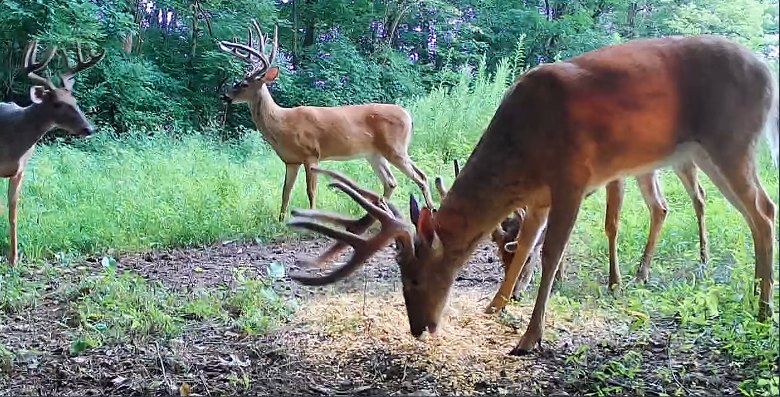
What to Feed Deer Instead of Corn?
If you’re looking for healthier alternatives to feed deer, there are plenty of options to consider. While corn can serve as a treat or supplemental food source, it’s important to offer deer a variety of options to ensure they maintain a well-balanced diet.
Do Deer Eat Corn Cobs?
Yes, deer will eat corn cobs. After the kernels have been eaten, they may chew on the cobs for additional nutrients. Corn cobs can provide some fiber and roughage to help with digestion. However, the nutritional value of corn cobs is minimal compared to other food sources.
Do Deer Eat Corn Plants?
Deer will also eat corn plants, particularly the leaves and tender parts of the stalk. While corn is not their primary food source, they will take advantage of it if it’s available. This can be problematic for farmers or gardeners growing corn, as deer may damage crops.
What Are Alternative Foods to Feed Deer?
Instead of relying solely on corn, you can offer deer a variety of foods that are more nutritionally balanced. Some alternatives include:
- Acorns: A favorite of deer, acorns provide fats, carbohydrates, and protein.
- Apples and pears: These fruits are high in sugar and offer a quick energy boost.
- Hay: A good source of fiber, especially during the winter months when fresh vegetation is scarce.
- Cabbage, carrots, and other root vegetables: These can provide vitamins and minerals.
- Soybeans: High in protein and can be a great supplement for deer.
These options can help ensure that deer maintain a healthier, more balanced diet while still providing the attraction that corn offers.
What Is Deer Corn Used For?
While corn is most commonly used to feed and attract deer, it has other uses as well.
What Else Can You Use It For?
Field corn is often used for hunting purposes, but it can also be used in various wildlife management strategies. It can help support local wildlife populations, especially during winter months when food is scarce.
Additionally, some people use it as bait to monitor deer populations, as they set up cameras near feeding stations to capture images of deer visiting.
Will Other Animals Eat Corn?
Yes, other animals will eat deer dried corn as well. Some common animals that may be attracted to corn include:
- Squirrels: Known to love corn, squirrels will often raid feeders designed for deer.
- Raccoon: These nocturnal creatures are also drawn to corn.
- Goats: If you’re raising goats, they may nibble on deer corn as well.
- Chickens: Corn is often used as a treat for chickens, and they will eat it when available.
- Dogs: While dogs are not natural corn eaters, they might consume it if it is within reach.
It is essential to keep in mind that if you’re using wildlife corn as bait, other animals may become a problem by consuming it before deer have a chance to feed.
Can Humans Eat Deer Corn?
Dried corn can technically be consumed by humans, but it is not typically grown or processed for human consumption. While it is safe to eat, the corn is often lower quality than the varieties grown for people.
Additionally, deer corn may contain more pesticides or impurities than the corn sold in stores for human use. It’s best to reserve corn for wildlife feeding and not for human consumption.
Where to Buy Deer Bait Corn?
Bait corn can be found at a variety of stores, particularly those that cater to hunters, farmers, and wildlife enthusiasts. You can buy it at these places or stores:
- Farm and feed stores: These stores often carry large bags of dried corn for affordable prices.
- Walmart or big box stores: Many large retailers will sell field corn, especially during hunting season.
- Online retailers: Websites like Amazon and specialized wildlife supply stores offer corn for delivery.
How Much Will It Cost?
The cost of corn varies depending on the region and the quantity you’re purchasing. On average, a 50-pound bag of deer corn can range from $10 to $20. Prices may be higher if you’re purchasing premium quality products or specialized formulations designed to attract deer more effectively.
Can You Make Deer Corn on Your Own?
While you can technically grow your corn to feed deer, it requires a lot of time, effort, and space. If you’re looking to provide corn to deer in your area, buying pre-packaged corn is often the easiest and most cost-effective option.
Conclusion
Responsible use of deer corn is an excellent way to attract deer and other wildlife. Deer love corn and it should be part of their diet, but not a major contribution — it is not high in nutritional value and will do the animal no good over the long term.
On the contrary, make sure deer remain on a well-balanced diet by supplementing corn with other natural food sources. Understanding when and how to use corn can help you support local wildlife populations in a healthy, sustainable way.


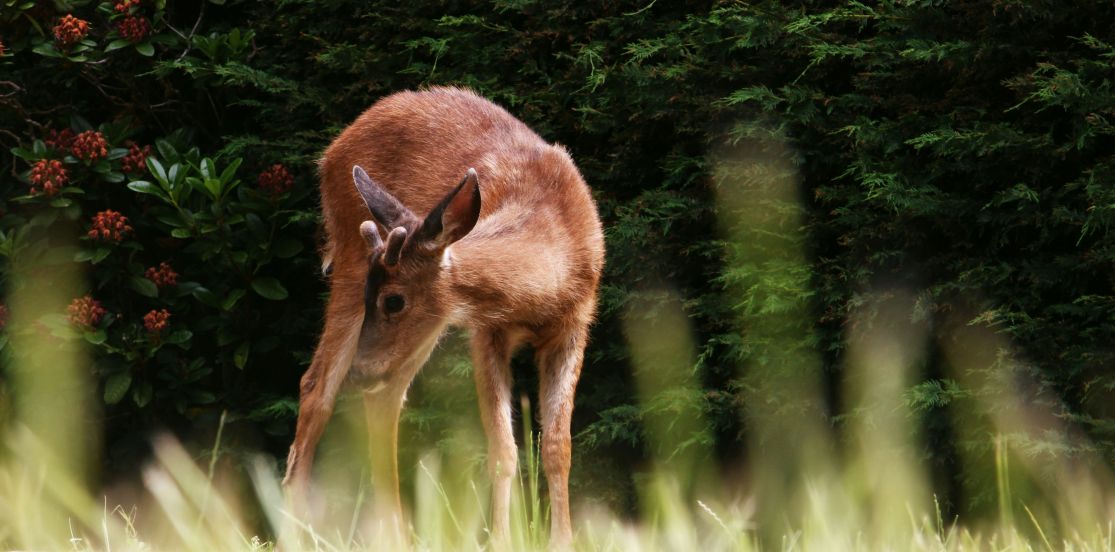
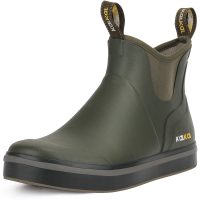
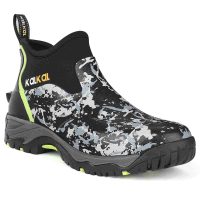

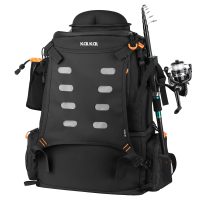
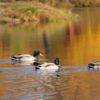
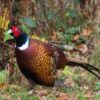
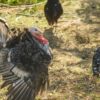
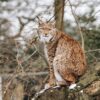
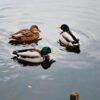
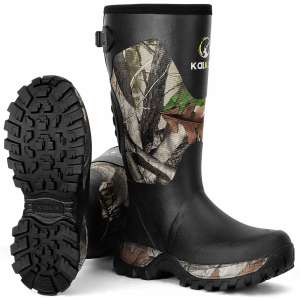
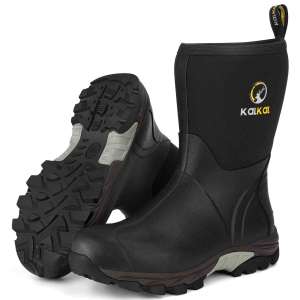
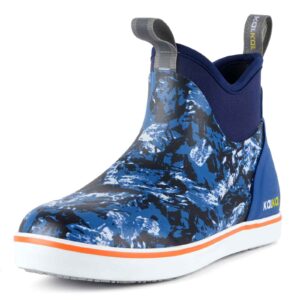
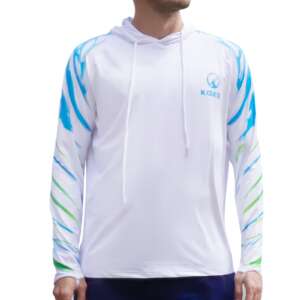
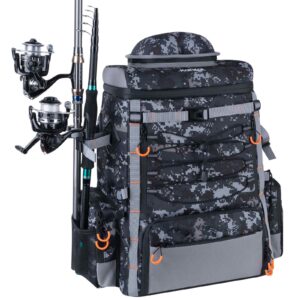
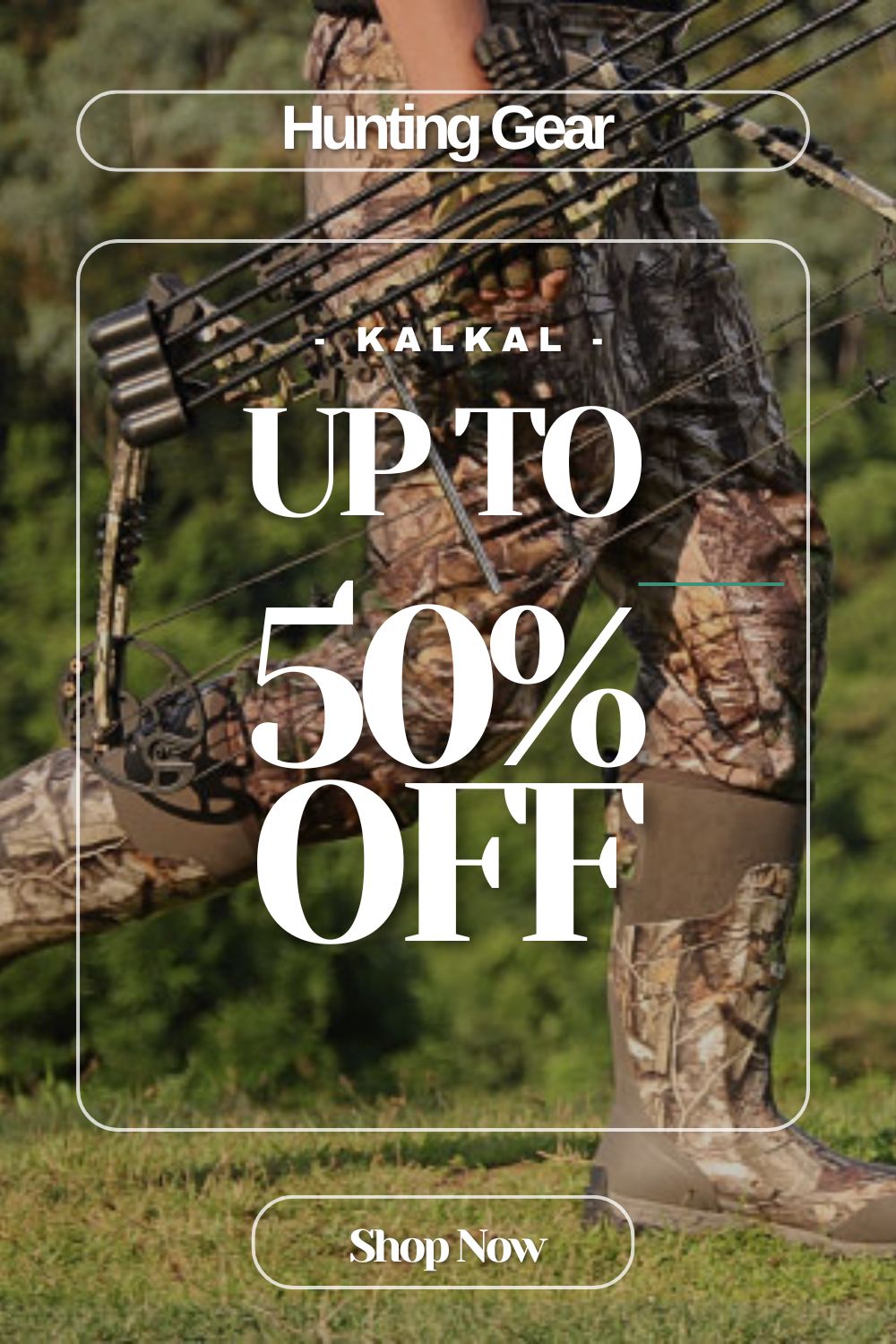


Leave a reply